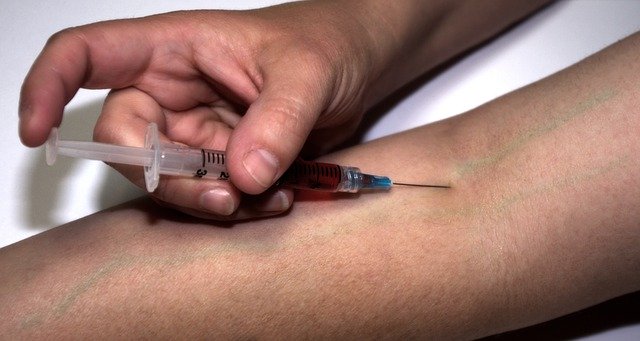Comparative effectiveness of nasal versus needle administration of naloxone for overdose treatment

A novel clinical trial has evaluated the comparative effectiveness of intranasal versus intramuscular administration of naloxone for the treatment of opioid overdose. The results suggest intramuscular injection of naloxone is superior for the more rapid reversal of opioid overdose.
A team of researchers, led by investigators from the Burnet Institute (Melbourne, Australia), has conducted a novel randomized controlled clinical trial assessing the comparative effectiveness of intranasally administered naloxone compared with intramuscular naloxone for the reversal of opioid overdoes. The results of the study confirm that intranasal naloxone is inferior to intramuscularly injected naloxone for opioid overdose treatment.
In this novel, double-blind trail, 197 individuals were supervised at the Uniting Medically Supervised Injecting Centre (Sydney, Australia); all study participants were at least 18 years old and had documented histories of injection drug use.
What is naloxone?
Participants were randomized to receive either an 800µg dose intranasal naloxone plus 1mL intramuscular placebo, or 800µg of intramuscular naloxone plus 1mL intranasal placebo, following opioid administration.
The primary study outcome for determining the effectiveness of naloxone reversal of opioid overdose was the need for the administration of an 800μg ‘rescue dose’ of intramuscular naloxone hydrochloride, 10 minutes after initial naloxone administration.
93 study participates were randomized to receive intramuscular naloxone; the remaining individuals received intranasal drug. 8.6% of individuals who received intramuscular naloxone required a rescue dose of naloxone after 10 minutes. By contrast, 23.1% of study participants who received intranasal drug required secondary ‘rescue’ naloxone doses.
Secondary study outcome measures included time to effective and spontaneous respirations, defined by a breathing rate of at least 10 breaths per minute, and time to achieve a Glasgow Coma Scale score of at least 13.
The response times for achieving these secondary study outcomes were significantly greater for individuals who received intranasal naloxone compared with intramuscular naloxone.
In the study, the authors commented: “This trial showed that intranasally administered naloxone in a supervised injecting facility can reverse opioid overdose but not as efficiently as intramuscularly administered naloxone can, findings that largely replicate those of previous unblinded clinical trials.”
The authors concluded: “These results suggest that determining the optimal dose and concentration of intranasal naloxone to respond to opioid overdose in real-world conditions is an international priority.”
Source:
Dietze P, Jauncey M, Salmon A et al. Effect of intranasal vs intramuscular naloxone on opioid overdose: a randomized clinical trial. JAMA Netw Open. doi:10.1001/jamanetworkopen.2019.14977 (Epub ahead of print) (2019).
What is naloxone?
Naloxone is a non-selective opioid receptor antagonist. Naloxone can effectively block or reverse the effects of opioids and can be used to treat opioid overdose, if administered shortly after opioid overdose.
